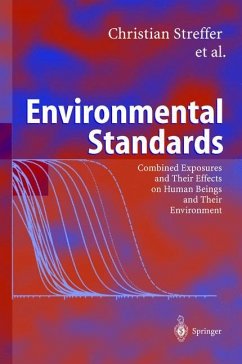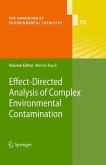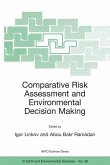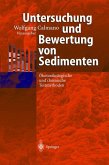The setting of limit values for environmental noxae is essentially based on measurements and data from single exposures. To an increasing degree, however, there are demands also to consider combined exposures. Hence, in this study, the necessity and feasability of environmental standards for combined exposures have been examined from the scientific, medical, economic, legal, sociological and philosophical/ethical perspective. Starting from effect mechanisms, criteria have been established which, in spite of the complexity of the issues, enable us to set limit values in order to achieve given environmental quality targets. This study endeavours to reveal and explain gaps in knowledge and to point to possible solutions from the scientific and medical point of view. The results should support efforts to shape a practical legal framework and viable economic procedures for environmental standards on combined exposures, taking into consideration the standards and perceptions existing in our communities.
The rapid growth of the world population - nearly six-fold over the last hundred years - combined with the rising number of technical installations especially in the industrialized countries has lead to ever tighter and more strained living spaces on our planet. Because ofthe inevitable processes oflife, man was at first an exploiter rather than a careful preserver of the environment. Environmental awareness with the intention to conserve the environment has grown only in the last few decades. Environmental standards have been defined and limit values have been set largely guided, however, by scientific and medical data on single exposures, while public opinion, on the other hand, now increasingly calls for astronger consideration of the more complex situations following combined exposures. Furthermore, it turned out that environmental standards, while necessarily based on scientific data, must also take into account ethical, legal, economic, and sociological aspects. A task of such complexity can only be dealt with appropriately in the framework of an inter disciplinary group.
The rapid growth of the world population - nearly six-fold over the last hundred years - combined with the rising number of technical installations especially in the industrialized countries has lead to ever tighter and more strained living spaces on our planet. Because ofthe inevitable processes oflife, man was at first an exploiter rather than a careful preserver of the environment. Environmental awareness with the intention to conserve the environment has grown only in the last few decades. Environmental standards have been defined and limit values have been set largely guided, however, by scientific and medical data on single exposures, while public opinion, on the other hand, now increasingly calls for astronger consideration of the more complex situations following combined exposures. Furthermore, it turned out that environmental standards, while necessarily based on scientific data, must also take into account ethical, legal, economic, and sociological aspects. A task of such complexity can only be dealt with appropriately in the framework of an inter disciplinary group.








